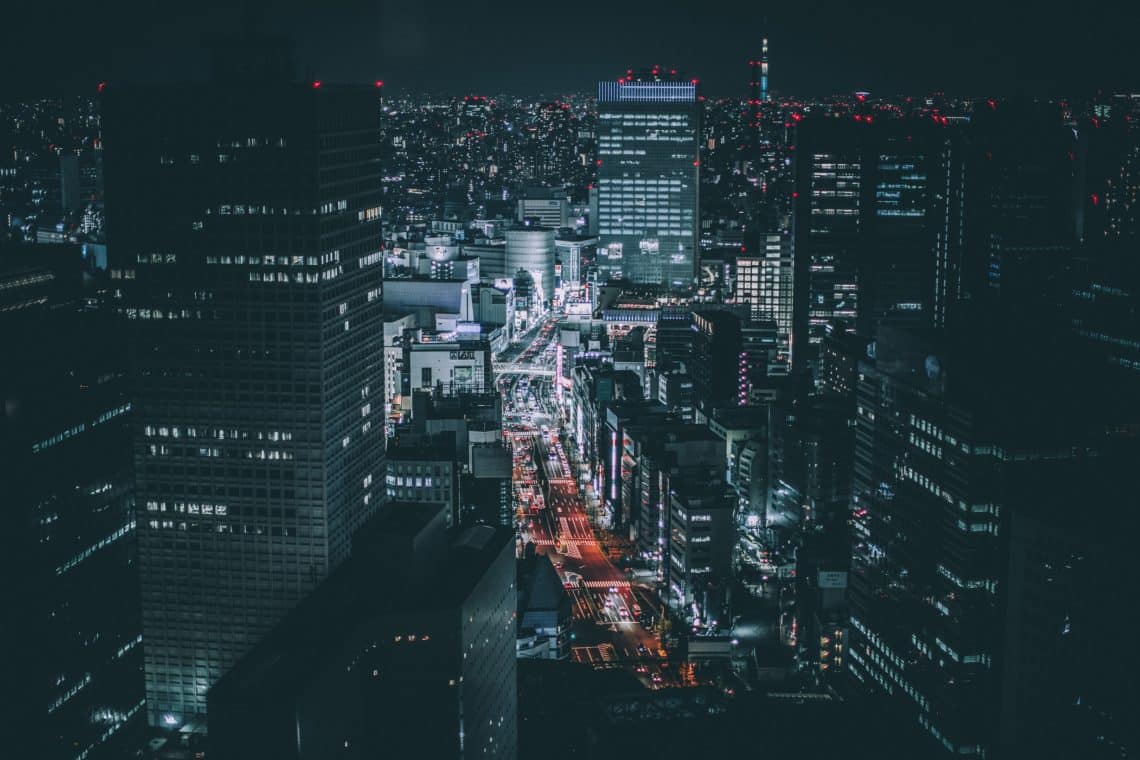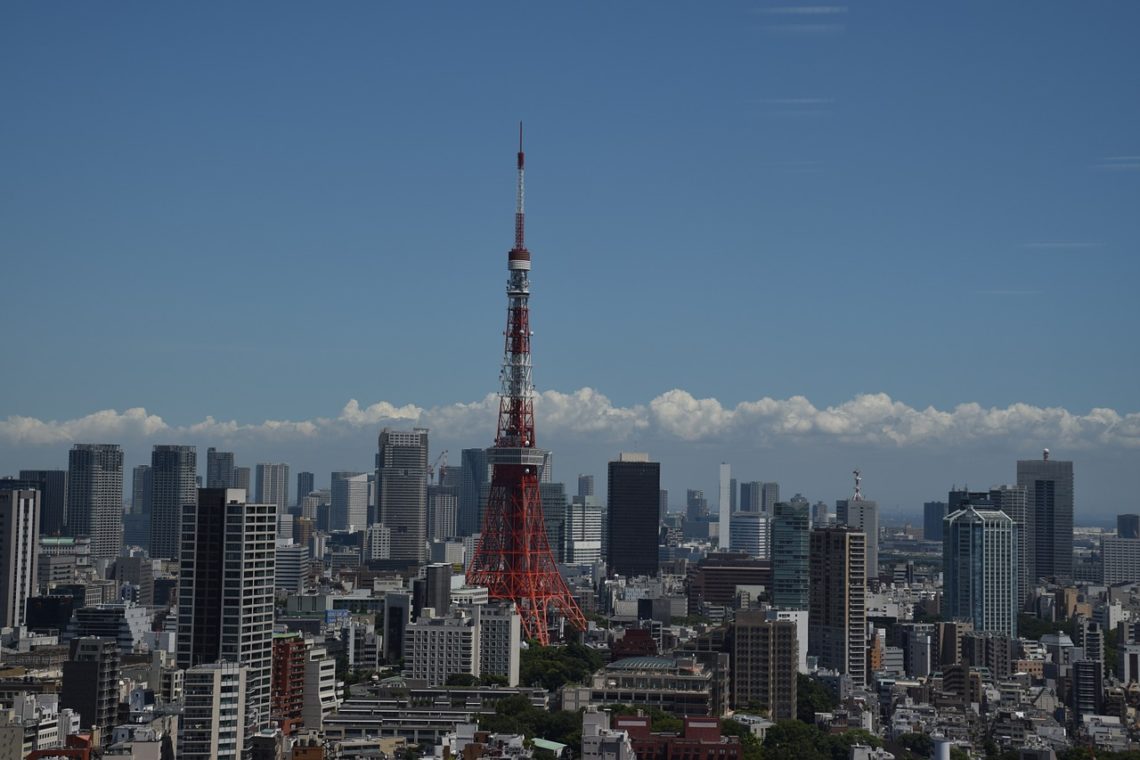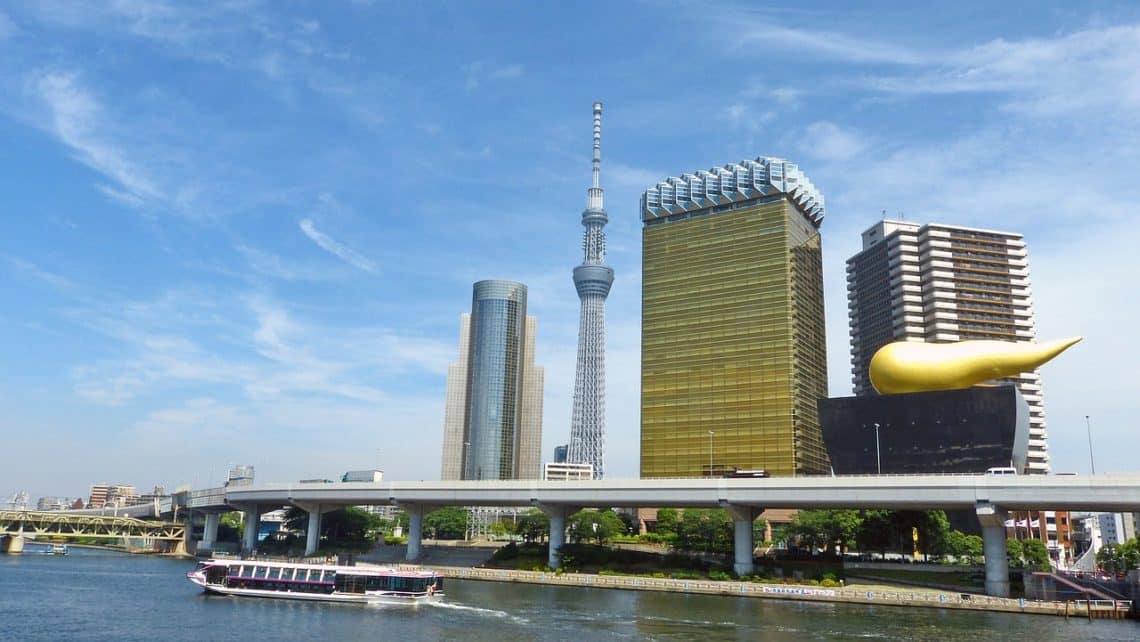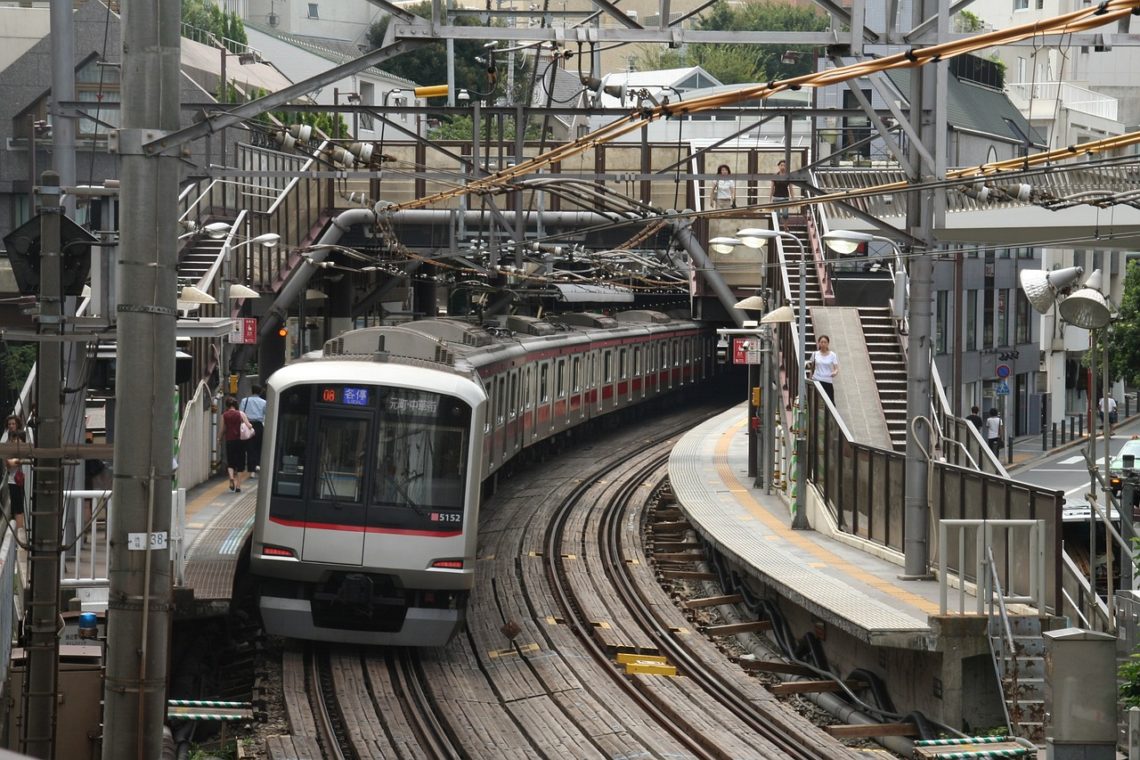Tokyo, Japan is a megalopolis that covers 2,000 square kilometers, has an extensive transport network and is home to 13 million inhabitants. Unfortunately, it is also has an extensive history and ongoing everyday threat of seismic activity.
Thankfully, the megalopolis has taken significant measures to ensure the safety of the city and its people. In 2017, Tokyo was even found by The Economist Intelligence Unit’s Safe Cities Index to be the safest city in the world. According to the Economist website, “The report is based on the second iteration of the index, which ranks 60 cities across 49 indicators covering digital security, health security, infrastructure security and personal security.” Tokyo has some of the best earthquake proof buildings in Japan and extremely high standards when it comes to safety. Tokyo was followed by Singapore as the second safest city, followed by Osaka as the third safest.
Tokyo’s infrastructure, technology, and building techniques
Japan has earthquake-proofed the city via advanced infrastructure, anti-seismic technology, as well as strategic building techniques.
Advanced infrastructure
In 1950, two years after the first large post-war earthquake in Fukui, the Building Standards Act was approved, which forces infrastructure construction companies to respect new standards. Since then, the Act has been further updated in 1968 after the Tokachi earthquake, again in 1981, then again in 2000. According to the website of Plaza Homes, a Tokyo real estate company, the most recent update of the Building Standard Act was, “revised to improve the safety of wooden buildings and to clarify anti-seismic performance level, specifications and building foundation forms. Ground investigations became virtually mandatory.” The level of earthquake resistance can vary, from earthquake resistant structure for main buildings, and seismic isolation structure for high-rise buildings.

High safety levels are continuously prioritized in Tokyo and innovation continues to drive advanced infrastructure. This priority has been shown to be effective, as the magnitude-9 2011 Great East Japan Earthquake (that also unleashed a tsunami) in northeastern Japan could have caused even more damage than it did.
Anti-seismic technology
It is vital for buildings in Tokyo to be constructed according to modern anti-seismic standards. According to a study by Tokyo University, 87% of the buildings in Tokyo are. Japan has heavily invested in anti-seismic technology in order to support its people and the city in the event of seismic activity. Advanced technology is even able to make buildings more earthquake resistant. A seismic alert system, for example, was built to detect the peak of an earthquake 80 seconds before it even arrives. This seismic alert system cost $1 billion.
Thanks to the seismic alert system, residents had a minute of warning before the strong shaking began during the 2011 Great East Japan Earthquake. This prevented many deaths as people had the chance to get to the safest spot possible, stop high-speed trains, and stop factory assembly lines.

It is said that NTT Facilities, a subsidiary of the Japanese telecoms giant, has developed the world’s first AI system to actually stop earthquakes. As the AI system can analyze building movements, in the event of an earthquake it shakes the building along with earthquake tremors, said to cancel out the effects of an earthquake.
Whittaker argues that although this technology is advanced, it is not as innovative as the headlines make it out to be. He explains, “The AI-based system is not new, Thirty years ago it was described as ‘active control’, and implemented to mitigate earthquake effects on a tower in China.
“There is a mischaracterization here of seismic isolation, which is now a mature earthquake-resisting technology, which has been applied to buildings, bridges and mission-critical infrastructure, in North and South America, Europe, Asia, and New Zealand,” he says. “Seismic isolation, coupled with damping devices in some circumstances, is likely the best available option for low and medium-rise buildings that have very high standards for seismic performance.”
Building techniques
Buildings techniques developed in Tokyo and elsewhere have been incorporated into construction in the city.
According to Plaza Homes, seismic isolation structure is “commonly used for high-rise buildings as part of their foundation, this structure places quake-absorbing devices (isolators) such as laminated rubber that blocks seismic motions from reaching the building. Quake-absorbing devices include laminated rubber, lead, springs, dampers, ball bearings, etc. Furthermore, newly-invented construction methods use a combination of these materials. Seismic isolation structure can reduce seismic intensity down anywhere from ⅓ to ⅕ (less than half) when compared to earthquake resistant structure.”
For example, a Tokyo real estate company patented ‘dampers’, which cushion vibrations and help a building sway during an earthquake.
Tokyo’s modern architecture
Tokyo’s modern architecture is illustrated by new and creative constructions that are both aesthetically pleasing and earthquake-proof.
One example is the 54-story mixed-use skyscraper called Mori Tower. Mori Tower is reinforced with steel piping and oil dampers, which consist of 192 shock absorbers filled with thick oil.

Another example is Tokyo Skytree, which is a television and radio transmitter as well as an observation tower. Tokyo Skytree is 2,080 feet tall and designed to be ‘earthquake-proof’ by 100 experts. To meet anti-seismic standards, the foundations have a strong footing secured by four lusters of walled piles and steel-reinforced concrete nodes that extend below ground. The Skytree is a narrow construction, with a tripod base, damping system, and a central pillar that, in case of an earthquake, enables the outer frame to vibrate with some movement rather than collapse.
Earthquake-proof transport
Not only buildings, but also transport can be earthquake-proof, as illustrated by the Japanese railway system.
“Various kinds of solutions have been executed in the Japanese railway system based on previous experiences of disasters and accidents,” says Mitsubishi Research Institute senior consultant and expert in railway development, Takeshi Fukayama. “Many of those solutions worked in this case and prevented, for example, the Shinkansen from suffering serious damage.” The Shinkansen is a network of high-speed railway lines in Japan.
During the 2011 earthquake, not one passenger died on the Shinkansen. ‘Earthquake-proof’ does not mean ‘no damage whatsoever’, however. JR East’s Higashi said in an interview with International Railway Magazine, “Tracks were displaced in 2,590 places, and 1,150 electrification masts were broken, leaning or cracked.” The earthquake, Higashi said, “forced us to cancel, suspend or reduce train operations on most of our 7,512.6km network”.

49 days after the earthquake, the Tohuko Shinkansen bullet trains re-started operations after round the clock reparations. “As the railway system is large and complex, the speed of restoration was incredible,” says Takeshi Fukayama, senior consultant and expert in railway development at Mitsubishi Research Institute. “It is said one reason for the early recovery was that we had less damage in the structures because of strengthening measures based on former earthquakes. Moreover, the railway operators and other people concerned made the recovery a first-priority project.”
Upcoming investments and projects
According to the Infrastructure Ministry of Japan, by 2023, the annual spending to maintain, repair and manage water mains, airports and other large infrastructure works across Japan will reach $46.1 billion.
The Ministry is further improving infrastructure, airports and railways so that in the event of an earthquake, vital transportation still remains operational.
Signs with symbols are also being set around the city to help foreign visitors locate evacuation routes and areas.
As explained in The Economist Intelligence Unit’s Safe Cities Index, “In Japan, for example, the government is stepping up its efforts to counter cyber threats and protect critical infrastructure ahead of the Tokyo Olympics and Paralympics in 2022.”
Japan is currently preparing to host the 2022 Olympic and Paralympic Games, beginning July 24 and ending August 9. 10 million domestic and foreign visitors are expected.
Tokyo is already a world leader in anti-seismic technology and is a priority for an even more advanced earthquake preparation plan.
Related Articles
11 Best Gutter Guards for a Low Maintenance Home
What is a Mansard Roof and What Advantages/ Disadvantages It Carries


